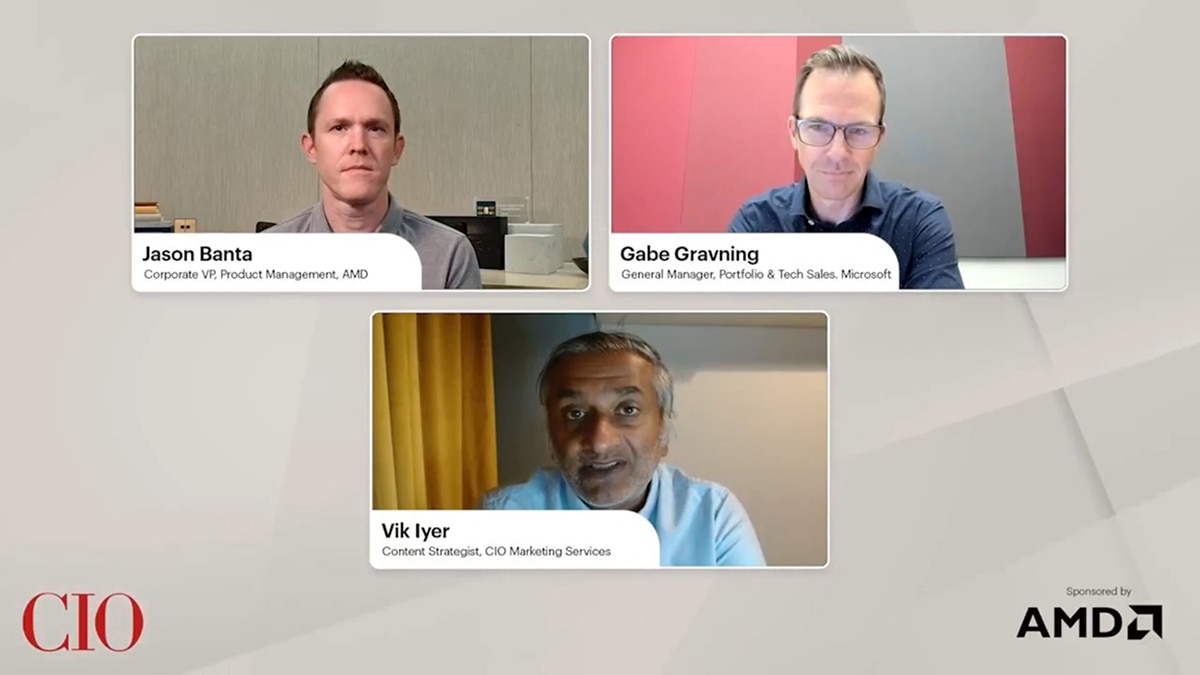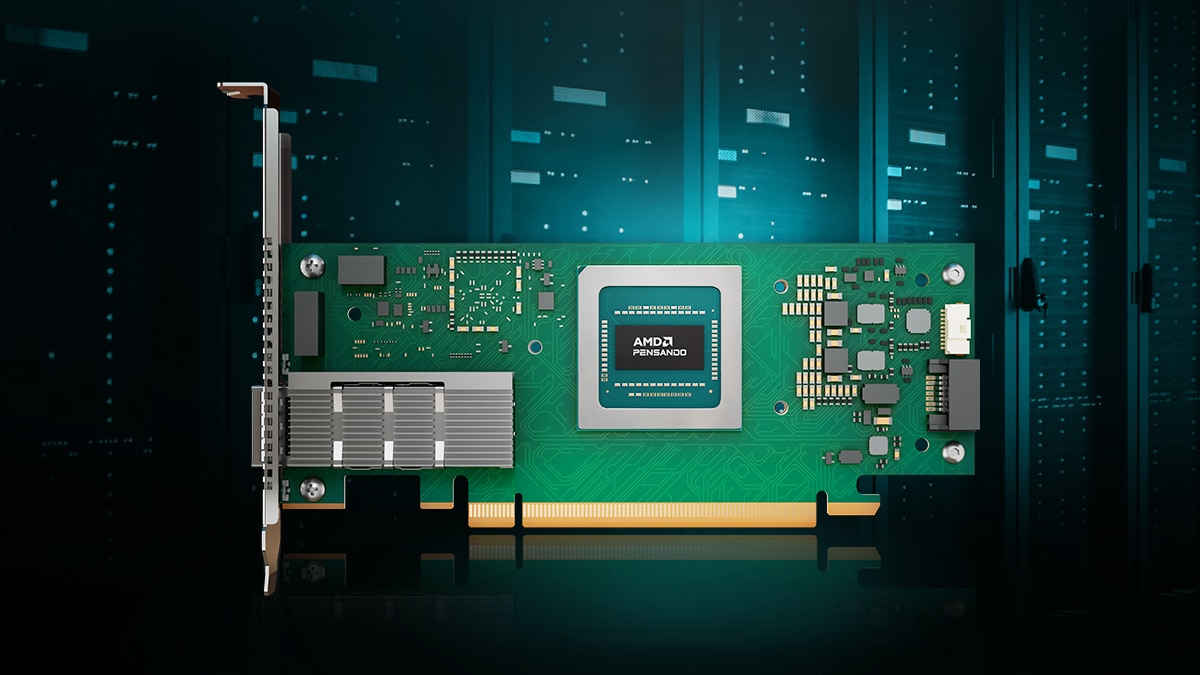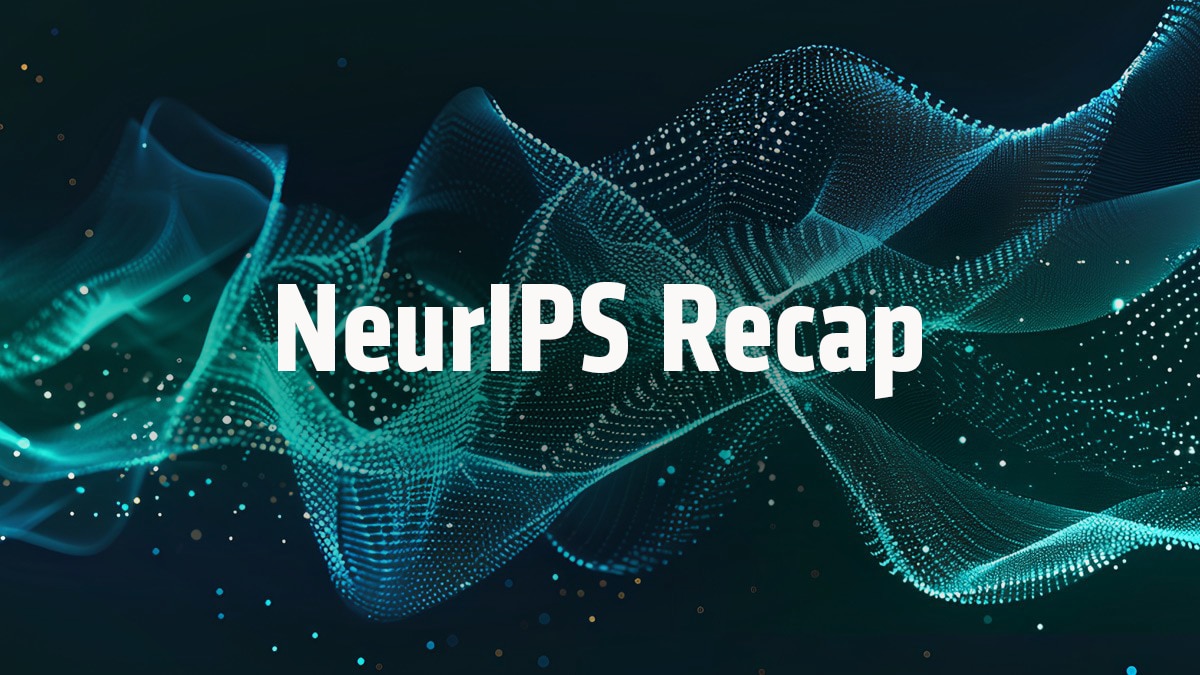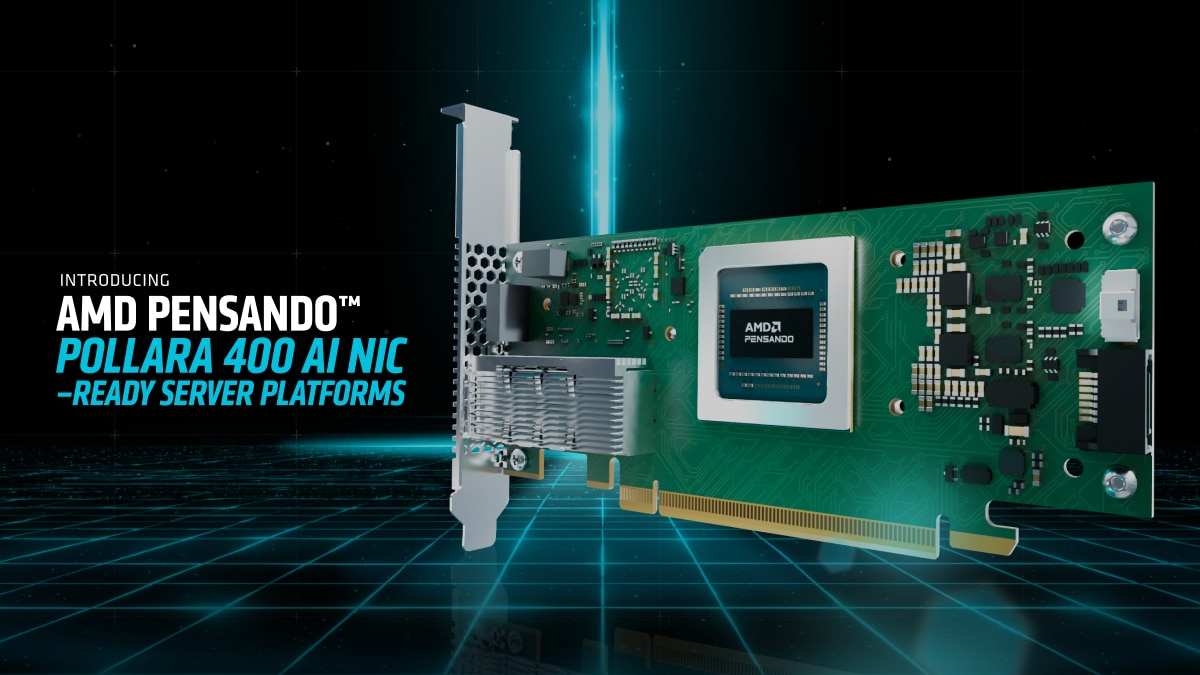AI in the Data Center: Strategies for Efficiency and Sustainability
Oct 17, 2025
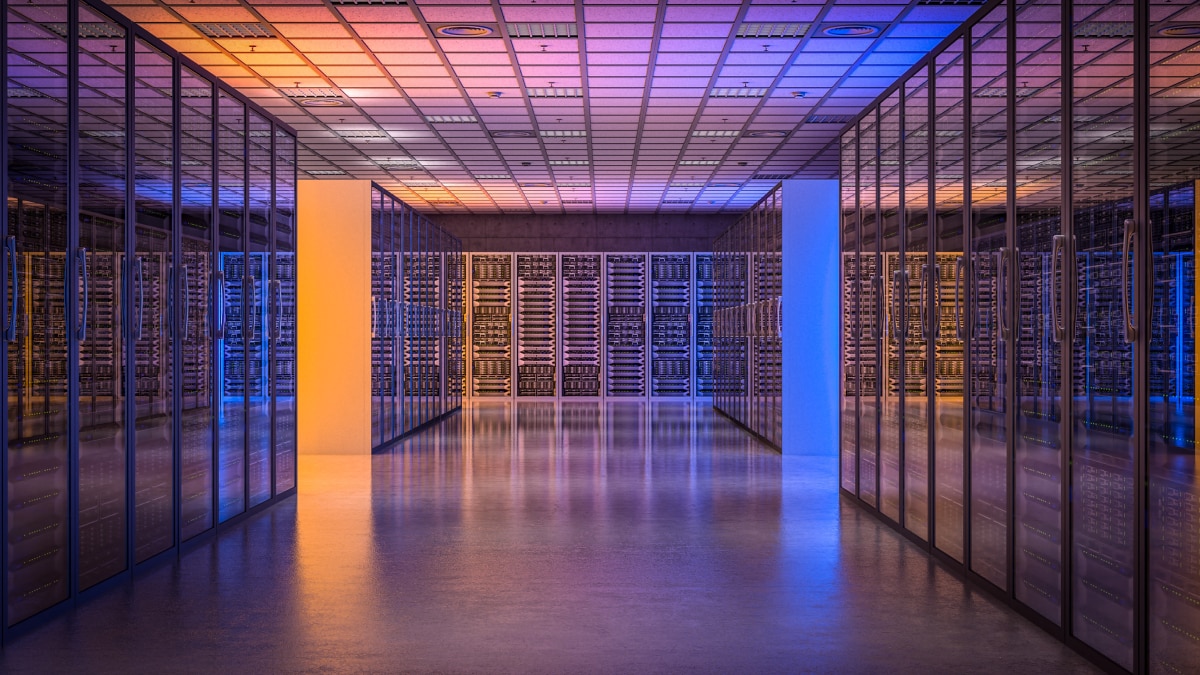
Data centers already consume nearly 2% of global electricity, and AI adoption is set to accelerate that figure.1 For IT leaders, unchecked power consumption is more than a line item, it is a direct risk to financial performance, sustainability commitments, and regulatory compliance. Yet at the same time, scaling AI has rapidly become non-negotiable for competitiveness.
This creates a dual imperative: build infrastructure that delivers the performance AI requires, while embedding energy efficiency and sustainability at the core.
The good news is that these goals are not mutually exclusive. Enterprises that are intentional about incorporating energy efficiency into their AI infrastructure can move toward their sustainability goals, strengthening ESG credibility, and realize financial advantages, all while positioning themselves to lead in the AI era.
Building Efficiency into AI Infrastructure
Meeting today’s energy challenge starts with intentional infrastructure design. Every layer of the data center from compute, cooling, virtualization, and operations can either compound the problem or help mitigate it.
Compute efficiency
Many of today’s CPUs and GPUs optimized for AI workloads are designed to complete training and inference faster, with greater energy efficiency. Enterprises adopting such solutions can simultaneously cut energy bills and accelerate time-to-insight on critical workloads. STMicroelectronics saw this firsthand, reducing electricity use per core by roughly 30% while speeding chip design cycles.
Cooling optimization
Cooling is often responsible for up to 40% of a facility’s total power consumption.2 Advances like direct-to-chip liquid cooling and immersion cooling are giving enterprises far greater control over thermal efficiency, helping lower costs, extend hardware life, and enable sustainable growth. Many organizations are proving they can scale compute without scaling power draw at the same rate. Shell’s Houston HPC cluster demonstrated this in practice by pairing immersion cooling with data center processors to expand performance capacity while reducing related emissions.
Virtualization and consolidation
Consolidating workloads on fewer physical machines can drive up utilization while helping reduce energy and cooling requirements. ASE, for example, scaled its compute resources by 2.5x, while simultaneously lowering power consumption and improving virtualization efficiency. For IT leaders, this is evidence that growth and efficiency can scale together.
Continuous optimization
Finally, efficiency must be managed as an ongoing discipline. Regular energy audits and AI-assisted power management allow organizations to spot inefficiencies, rebalance workloads, and adapt as demand evolves. This continuous improvement mindset ensures that infrastructure remains tuned for peak efficiency long after initial deployment.
The Financial Case for Energy Efficiency
For IT leaders, the way infrastructure consumes energy now has direct implications for profitability, competitiveness, and resilience. Energy-efficient processors and accelerators can reduce day-to-day operating costs, making the immediate result lower OPEX and a stronger total cost of ownership profile, but the long-term impacts run deeper:
- Resilience against volatility. With energy markets unpredictable and sustainability mandates evolving, operating with a lower baseline power draw creates insulation from sudden cost spikes or compliance penalties.
- Capital flexibility. Every dollar saved in operating expenses is a dollar that can be reinvested into innovation, funding new AI projects, expanding services, or modernizing other parts of the IT estate.
- Market differentiation. Enterprises that can prove efficiency gains in AI infrastructure often gain an edge in competitive bids, as customers increasingly weigh sustainability as part of procurement decisions.
- Investor confidence. Investors are tying capital allocation to ESG performance, meaning enterprises with demonstrable energy efficiency and sustainability progress can improve access to capital.
Prioritizing energy efficiency in the data center is no longer just a cost-saving tactic, it’s a business strategy. It enables financial resilience, stakeholder trust, and long-term competitiveness, all while supporting the innovation agenda that AI demands.
What IT Leaders Should Prioritize Next
For ITDMs, energy efficiency is not simply an optimization exercise, it’s a prerequisite for credibility, resilience, and competitiveness. Data centers optimized with sustainability goals in mind at their core do more than comply with regulations: they can differentiate the enterprise, strengthen brand trust, and secure long-term stakeholder confidence.
Efficiency must be treated as a strategic enabler. IT and data center leaders should focus on:
- Embedding efficiency into procurement decisions. Prioritize performance per watt, not just raw performance, when evaluating compute and accelerator options.
- Modernizing cooling infrastructure. Explore advanced methods like direct-to-chip liquid cooling or immersion cooling that reduce thermal costs while supporting dense AI workloads.
- Consolidating and virtualizing strategically. Maximize utilization to minimize server sprawl, helping lower both energy and cooling needs.
- Planning for resilience. Factor in regulatory volatility, energy price fluctuations, and growth trajectories to design infrastructure that is both efficient and adaptable.
Set your team up for success and scale AI with high performance, energy efficient, and resilient data center solutions. Discover AMD AI-Ready Enterprise Solutions
Footnotes
- Sustainable AI and the rise of the energy-efficient data center. (n.d.). AMD. Retrieved October 9, 2025, from https://www.amd.com/content/dam/amd/en/documents/epyc-business-docs/white-papers/sustainable-ai-rise-of-energy-efficient-data-center-tech-target-report.pdf
- ibid.
- Sustainable AI and the rise of the energy-efficient data center. (n.d.). AMD. Retrieved October 9, 2025, from https://www.amd.com/content/dam/amd/en/documents/epyc-business-docs/white-papers/sustainable-ai-rise-of-energy-efficient-data-center-tech-target-report.pdf
- ibid.


